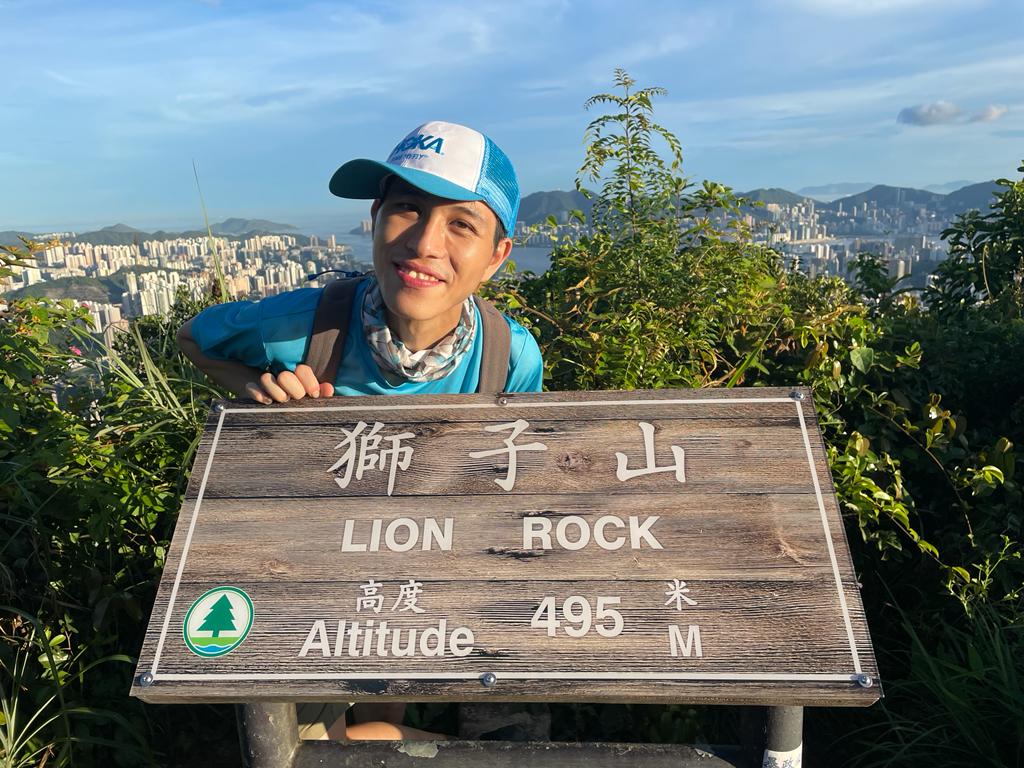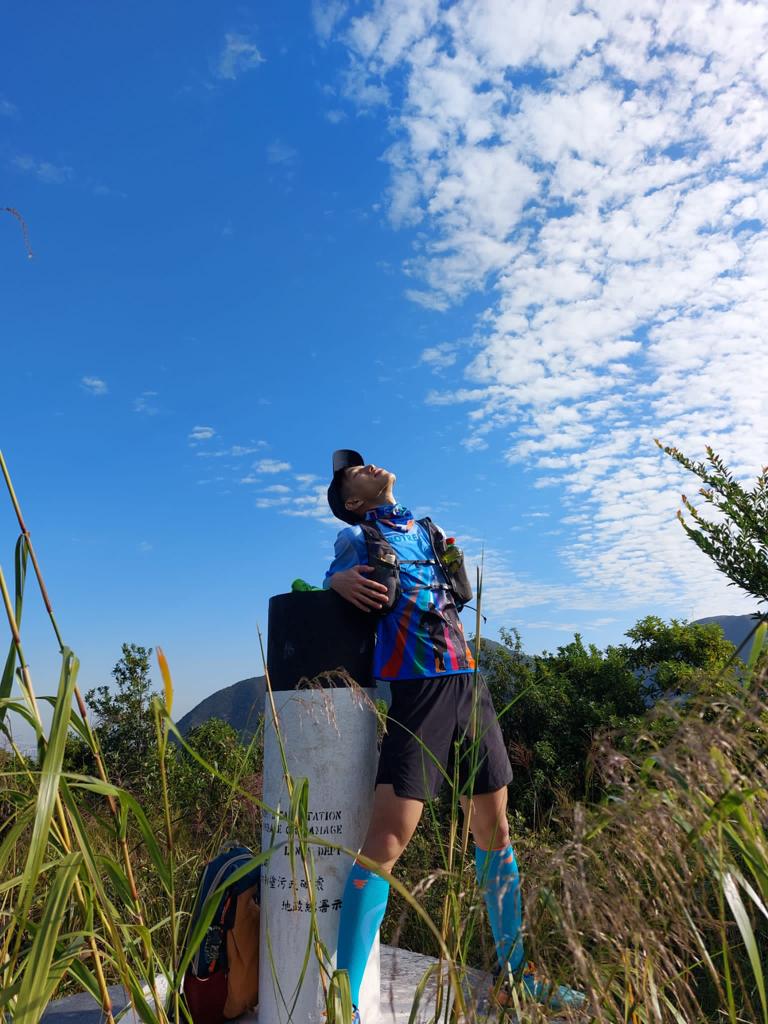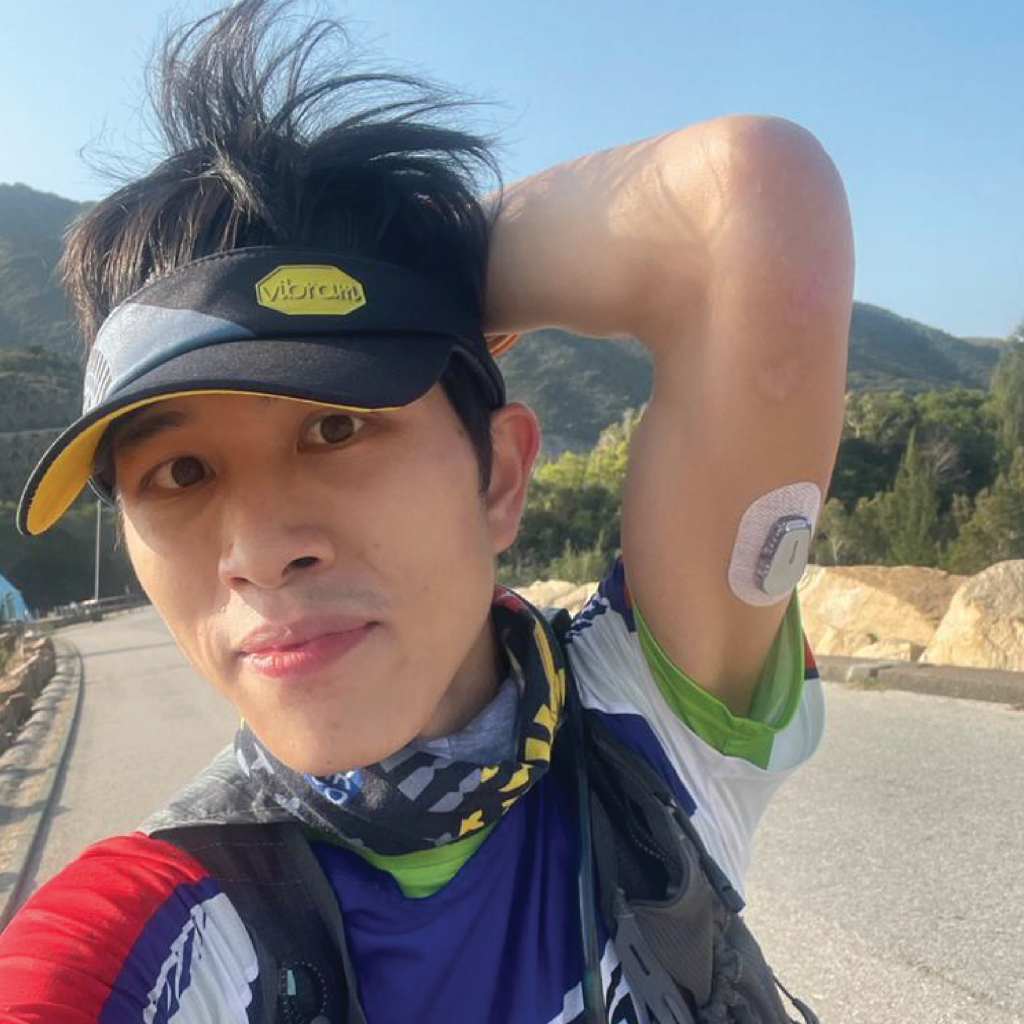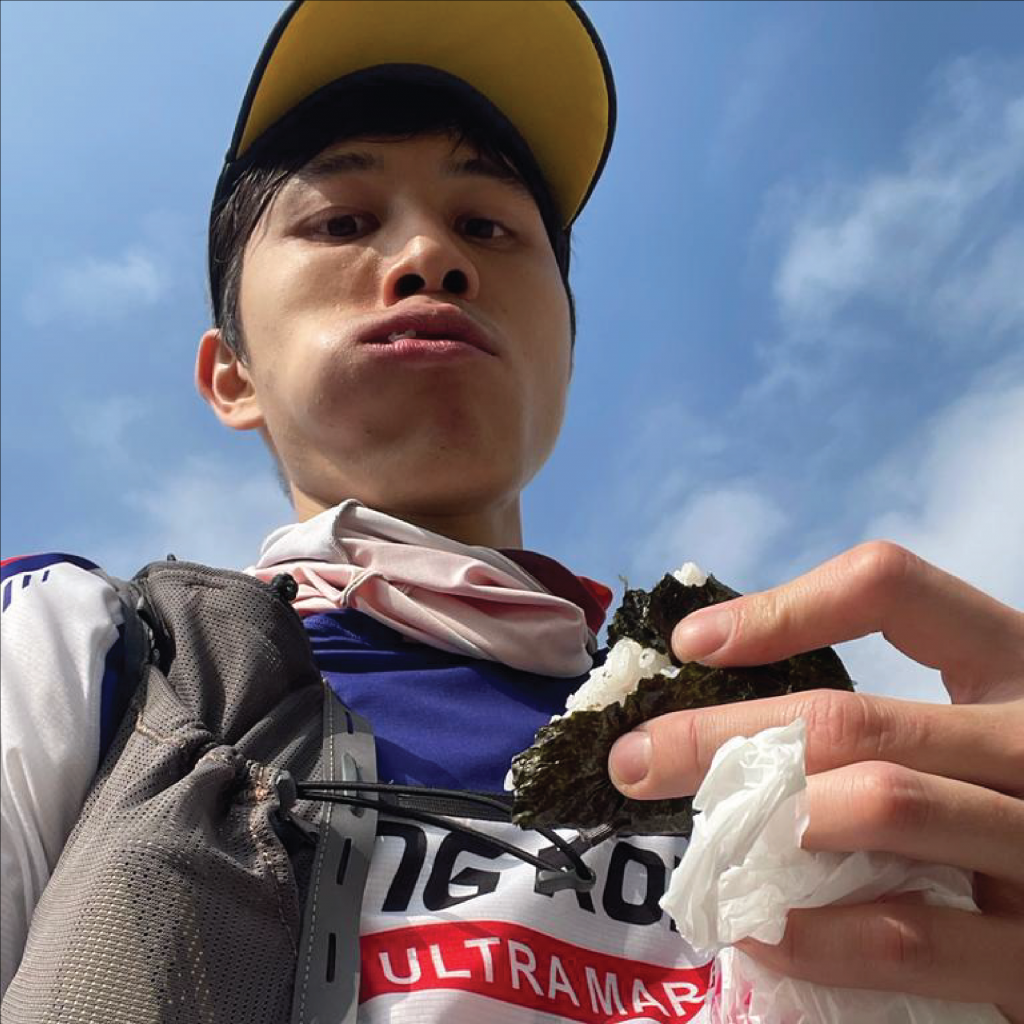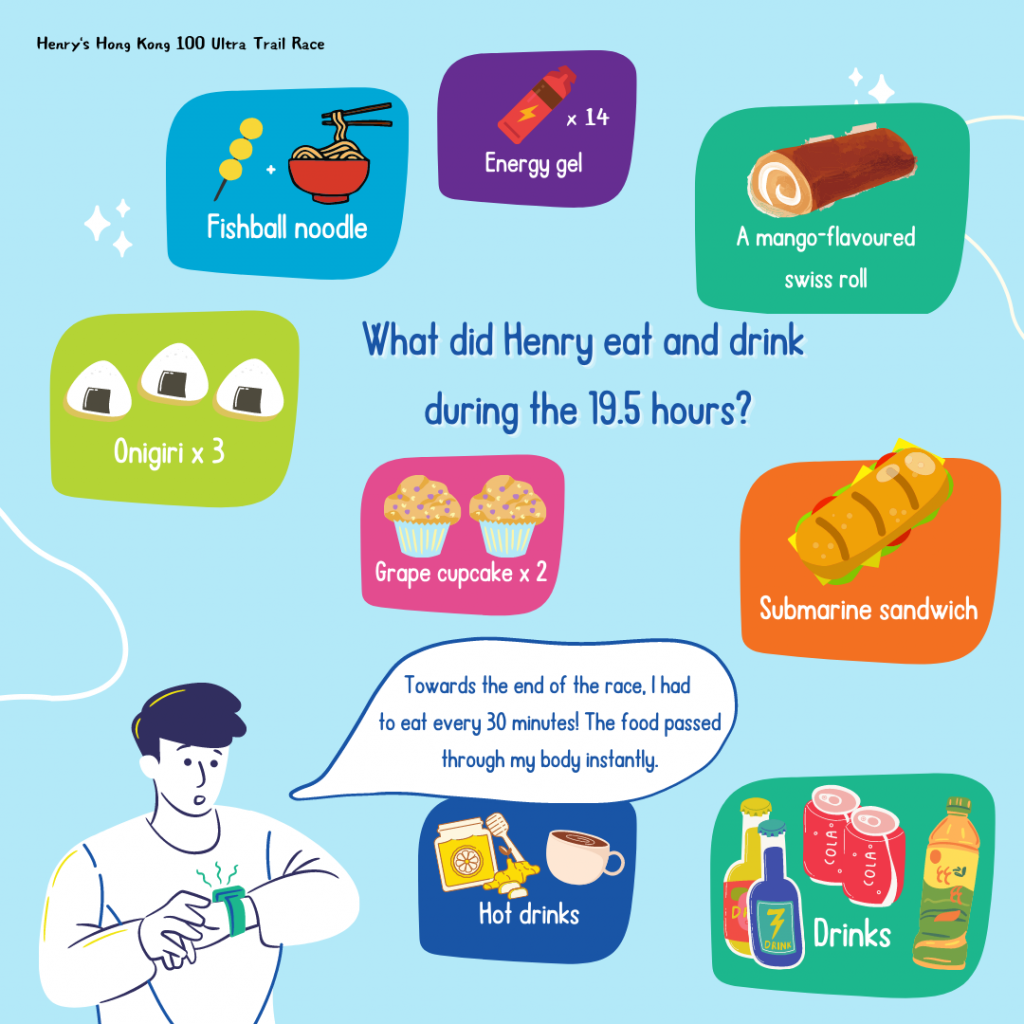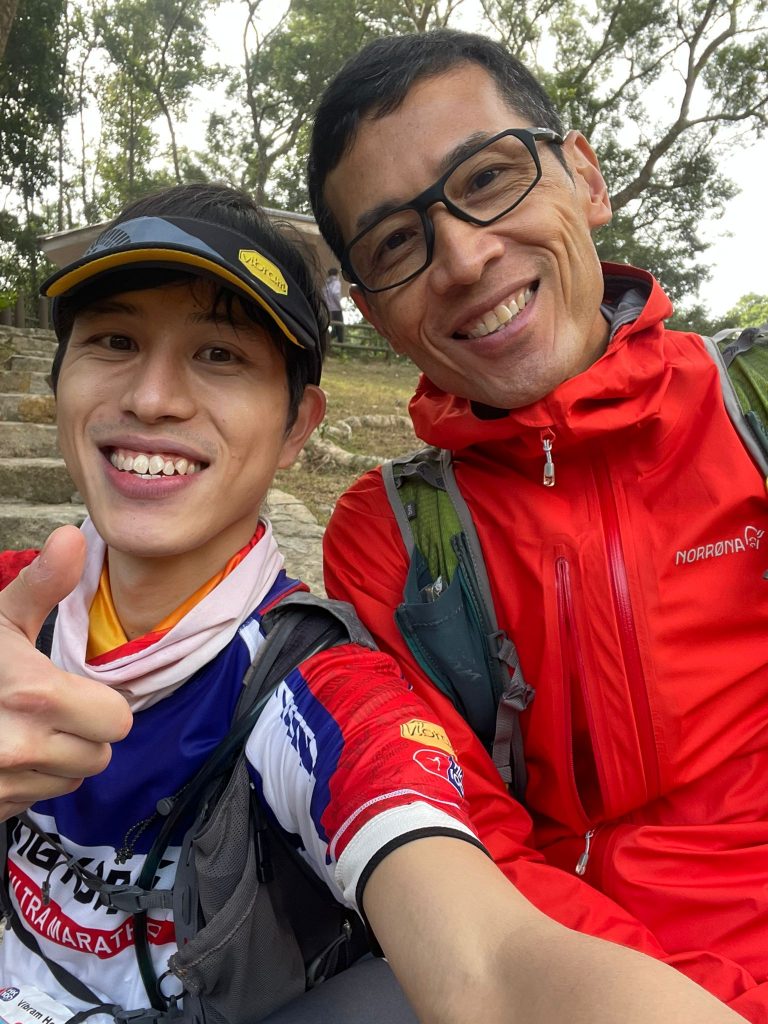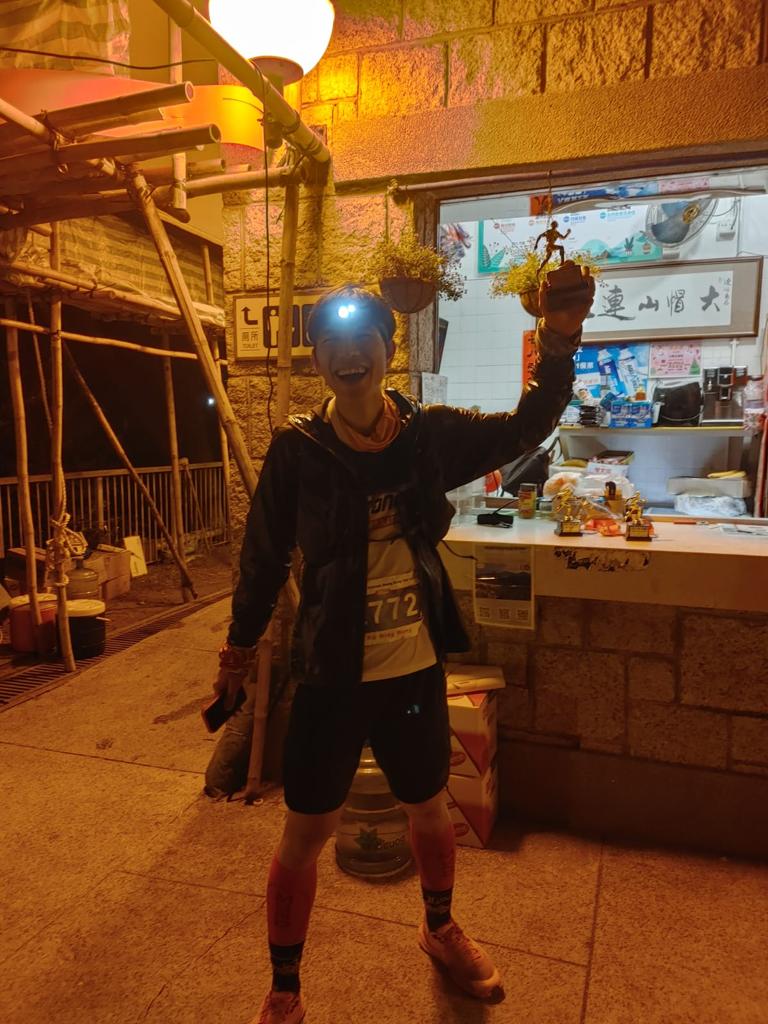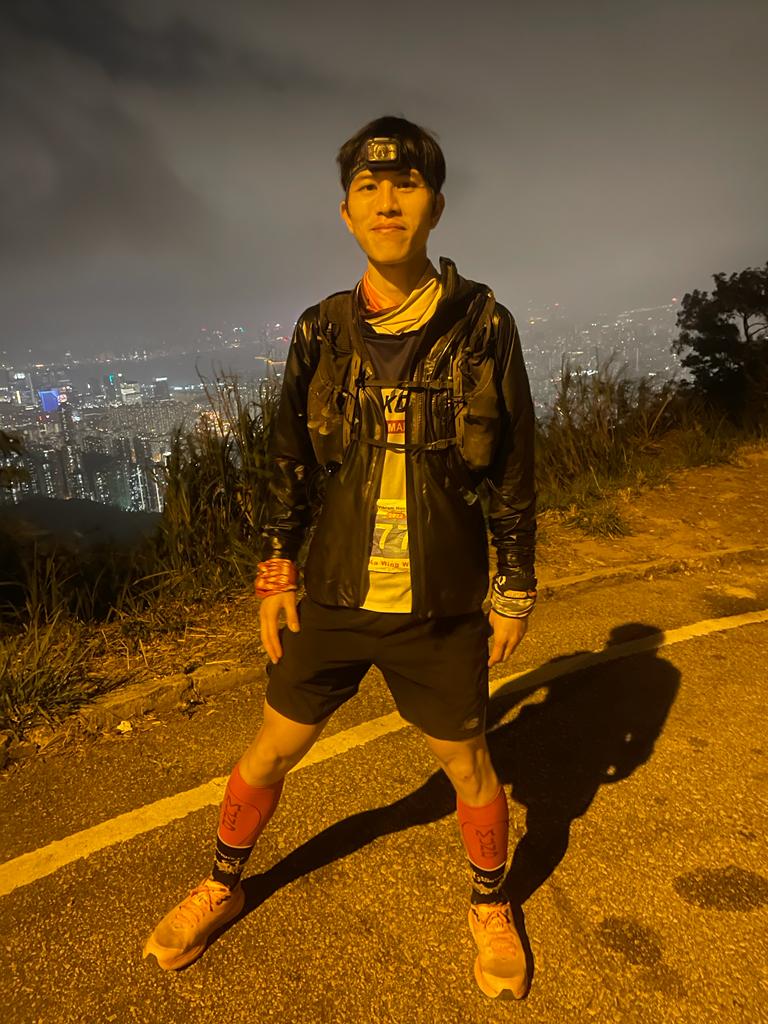Conquering mountains with diabetes
[Article contributed by Henry Wong, a YDA member]
The “Hong Kong 100” Ultra Marathon, a race famous among mountain runners, emphasizes the pursuit of speed and extreme endurance. I am a 20-year-Type-1 diabetic, who came home with a silver medal after running for 19.5 hours in the “Hong Kong 100” Ultra Trail Race on my first attempt. What tricks did I use to combat the disadvantage that diabetes brought me?
What diabetes lacks most is “stability”, which is the most important thing in trail running. The blood glucose and energy level of people with diabetes will fluctuate. It is already a challenge enduring and successfully completing 100 kilometers, let alone raising blood glucose whilst at running speed. Therefore, daily “practice” is particularly important, and then there are a few special “tricks” that will allow you to fight to the end, such as food supplies, equipment to stabilize blood sugar, etc.
Practice, practice, practice
For inexperienced runners to complete a 100-km race, at least 2 years of mountain running experience is required. You have to run various races, either physical or virtual, and should be able to deal with short to medium distances of 10-30 km with ease. You also need to have some experience with long distances of more than 50 kilometers. On average, you need to practice 70 kilometers of constant mountain running and road running every week. Then you can try to take the challenge of the 100 km ultra-long distance mountain running.
But with “special forces”, our “practice” must be upgraded. First of all, you must know your physical state when your blood sugar is unstable in your regular practice and competition experience, such as the feeling of weakness and powerlessness when your blood sugar plummets; feelings of a food coma when your blood glucose surges; or a sudden urge when blood glucose drops from high to low, etc. By understanding these feelings, you can know what the problem is with your body at that moment. Although the distance is long, we are still competing against the clock. it is quite a luxury to squeeze in time do a finger prick test. This time, due to sponsorship, I was given a “magic weapon” – a continuous blood glucose monitor (CGM). With it, the blood glucose value can be seen at a glance on the mobile phone and there is an alarm alerting me of high/low blood glucose, so I can treat it immediately.
My handy “tricks”
#1: Plan your food supply
During the 19.5 hours, I ate 14 packs of energy gel (and had another 7 packs for backup), 3 Onigiri, 1 cheese and ham submarine sandwich, 1 bowl of hot fishball noodles, 2 grape cupcakes, and 1 mango-flavoured swiss roll; drank 2 cans of Coke (with sugar), 1 bottle of apple green tea, 1 bottle of juice, 1 bottle of warm chocolate, 1 cup of hot ginger honey, 3000ml energy drink and 1000ml water. You may exclaim, “wow! Really? That’s a lot!” After all, a disadvantage remains a disadvantage even after you made up for it. After the first 50 kilometers of the journey, any food passing through my body is consumed instantly, and you will be hungry immediately after eating. I had to eat every 30 minutes, and call it a win when the blood glucose level is not too low.
Some people’s strategy is to only bring high-glycaemic, high-carbohydrate foods like energy gels and energy drinks, and swallow them without chewing for a quick fix. Which is fine for short-distance races. For example, in this Hong Kong 100 Grand Slam challenge, I only brought these two for the 33-kilometer race and the 56-kilometer race. But this is not the case for a 103-kilometer race. Energy gels and energy drinks are explicitly in lemon and tropical fruits flavours. The more you eat, the more you are bored with it, and it can cause a strong stomach acid reaction. You will definitely have stomach aches mid-race and will be unable to eat towards the end of the journey. If hypoglycaemia strikes, it is simply hell. Therefore, if you plan to be running for more than ten hours, include some bread or other foods, take some time to chew so that it is easier to digest and absorb, and allow the blood glucose level to rise slowly. This will help to better maintain your glucose levels.
#2: Pay attention to the temperature and keep warm
It gets colder during the night and when it rains; your blood sugar can drop as fast as a roller coaster. The race took place in winter, it was nearly sunset. The cup of hot ginger honey from Mum saved my life! I remember I was hiking up on Maclehose Trails Section 4 from Sui Long Wo to Wan Kuk Shan. I was still in good spirits when I climbed up, it got colder as the altitude rises. I immediately put on my jacket and ate 2 packets of gel. After about 30 minutes, I went through a long vertical staircase to reach the peak, and my body suddenly kept shaking. It was so chilly. Fortunately, my mother was with me. I immediately sat down and asked my mother to bring over her hot ginger honey. I gulped it down, and ate a swiss roll. After a few deep breaths, my body gradually warmed up, my blood glucose level rose, and my mental strength returned. Therefore, you must bring a coat, warm food and drinks. It can also get cold when it rains. Before the game and during the run, you should pay attention to the changes in temperature.
#3: Have your insulin handy
Apart from having an injection at breakfast before departure, I basically do not need any more insulin injections during the competition. I ate around 30-40g of carbs every 30-60 minutes, and my blood glucose level stays below 10. However, I still needed to bring my insulin kit to deal with special situations with high blood sugar, for example when levels are higher than 15 but I need to eat, or the level rises above 20, then I need extra insulin injections.
Finally… Bring good teammates
My mother and Kit Ma have run through countless mountains with me, and have a certain understanding of diabetes. Before the race, we planned when and where the food supplies will be given to me. They will support me in case of an emergency and accompany me at night to keep me motivated.
Here are all my special tricks, maybe you’ll think that it is too challenging. Life with diabetes is already difficult, nevermind running alone with diabetes. Finger pricking for three meals a day, calculating food consumptions and injections, and taking time to exercise to stabilise blood sugar. Plus all the work, studies, families issues… Is it easier to give up because it is too difficult? I remember one donor who donated to this challenge said, “It is not that we persist because there’s possibility, but that there’s possibility because we persisted.”
Running is like life. It is important to have hope and a strong will. During this HK100 challenge, although facing a lot of obstacles, I ran with courage, dealt with hypoglycaemia, and trust that I can do it! With the disadvantage of diabetes, I completed the 103km super long distance in 19.5 hours and even successfully challenged the 33km, 56km and 103km Grand Slams of the Hong Kong 100. I am very satisfied to have been well prepared to face the challenges, and I enjoy fighting side by side with my partners. Although it was very hard hiking up Needle Hill and Tai Mo Shan, and finally go to Needle Mountain and Tai Mo Shan, the hard work was worth it. If you keep running, you will usher in success. So don’t be afraid of failure, don’t be afraid of having a disadvantage.
If diabetes is an obstacle for you, you can overcome it with persistence and courage, and beautiful things are waiting for you!






